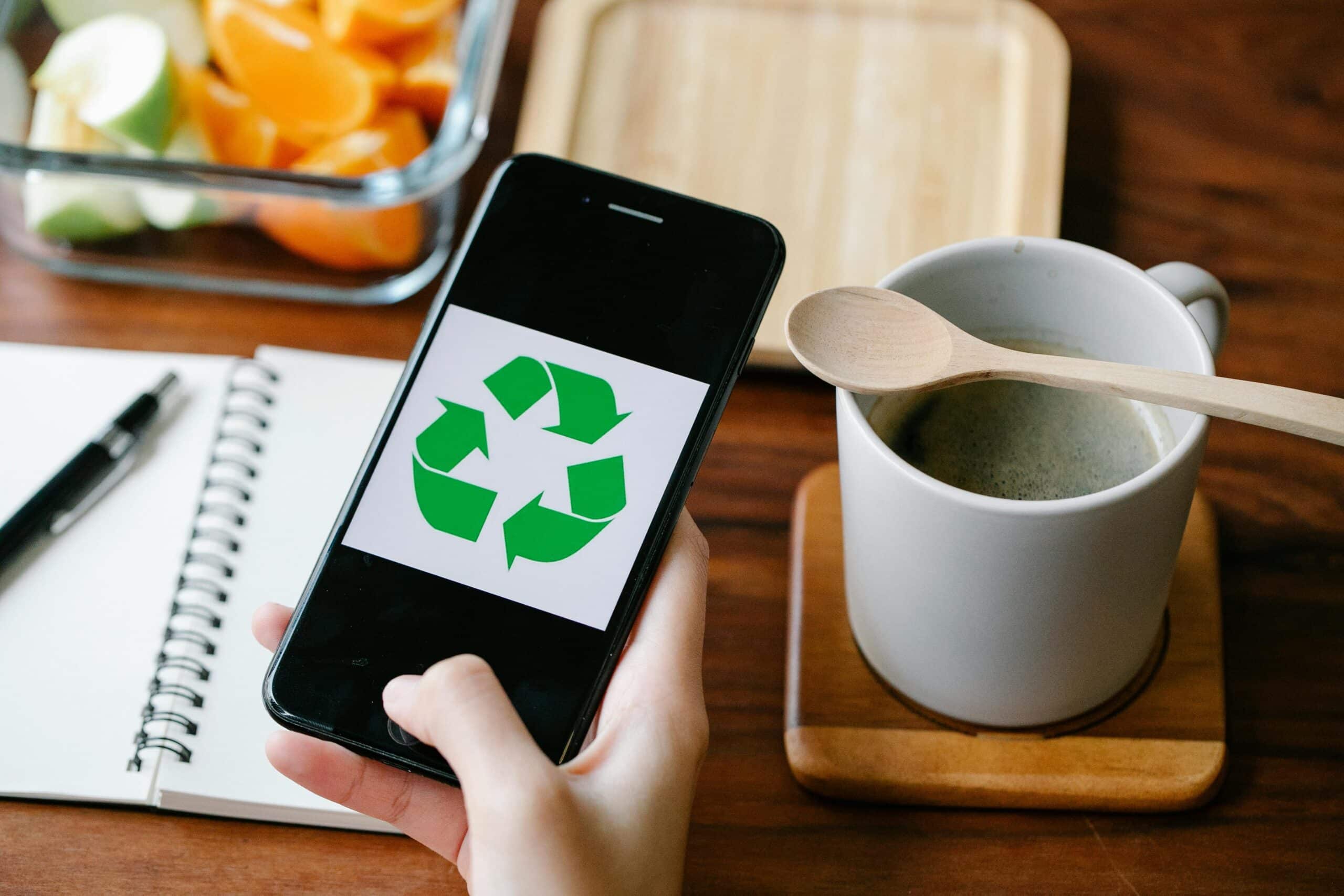Reducing waste has become a major concern in modern society. In the face of this environmental emergency, it is crucial to adopt sustainable practices in all aspects of our lives, including in the choice of materials we use on a daily basis. With this in mind, seeded paper is emerging as an innovative and promising solution for reducing our ecological footprint. By combining functionality and sustainability, seeded paper offers an environmentally-friendly alternative to traditional products, helping to preserve our planet. Let's find out how this innovative technology helps to reduce waste and is part of a sustainable development approach.
The impact of seeded paper on waste reduction

Seeded paper is much more than just a writing material: it's a creative, environmentally-friendly solution that makes a significant contribution to reducing waste. By incorporating seeds into its composition, this paper offers a second life after its initial use, transforming itself into a precious resource for the environment.
Sustainability by design
Reducing waste starts with the design of seeded paper. Unlike traditional paper, which is made from wood pulp, a resource that is often non-renewable, seeded paper generally uses recycled materials. By encouraging the reuse of existing paper fibres, this manufacturing method reduces dependence on natural resources and cuts the amount of waste generated by the paper industry.
Biodegradability and compostability
Once used, seeded paper can be disposed of in compost or directly into the soil, where it decomposes naturally. Unlike traditional paper, which can take years or even decades to break down, seeded paper breaks down quickly, releasing the seeds it contains so that they can germinate and grow. This biodegradability means that waste does not accumulate in landfill sites, helping to preserve natural ecosystems.
Encouraging ecological action
By choosing to use seeded paper, individuals and businesses are sending out a strong message in favour of reducing waste and protecting the environment. This tangible action prompts people to reflect on their consumption habits and encourages them to adopt more sustainable practices on a daily basis. By offering attractive, eco-friendly alternatives, seeded paper raises awareness of the importance of preserving our planet, encouraging long-term positive change.
Promoting the circular economy
Seeded paper is part of a circular economy approach that transforms waste into valuable resources. Rather than being thrown away after use, this paper is transformed into a source of life for plants and contributes to the regeneration of ecosystems. This virtuous circle illustrates the potential of innovative solutions to transform our relationship with waste and promote a more sustainable and balanced economic model.
Positive long-term impact
As well as making an immediate contribution to reducing waste, seeded paper has a positive long-term impact on the environment. By encouraging the growth of plants and grasses, it contributes to biodiversity and soil regeneration. In addition, by raising awareness of the importance of sustainability, it encourages responsible behaviour and wider green initiatives. By investing in solutions like seeded paper, we can lay the foundations for a cleaner, more planet-friendly future.
The economic benefits of seeded paper in reducing waste

Not only does seeded paper offer ecological advantages, it also has significant economic benefits in terms of waste reduction. By adopting this innovative solution, businesses and individuals can save money while helping to preserve the environment.
Reducing waste management costs
One of the main economic advantages of seeded paper is its ability to reduce waste management costs. By opting for a material that decomposes naturally, companies can reduce their waste disposal costs. Less waste sent to landfill means lower collection, transport and treatment costs, which translates into significant financial savings in the long term.
Savings on natural resources
By using seeded paper, companies are also helping to preserve natural resources. As this paper is often made from recycled materials, it reduces the demand for new raw materials such as wood. This helps to preserve forests and forest ecosystems while limiting the ecological footprint associated with the extraction and processing of natural resources.
Tax benefits and government incentives
In many countries, companies that adopt environmentally-friendly practices such as using recycled materials can benefit from tax breaks and government incentives. These incentives can take the form of tax credits, subsidies or tax reductions. By investing in sustainable solutions such as seeded paper, companies can not only make savings on their operational costs, but they can also benefit from additional financial advantages thanks to their commitment to the environment.
Positive brand image
Adopting sustainable practices such as using seeded paper can also have a positive impact on a company's brand image. More and more consumers are looking for brands that share their environmental values and are actively committed to reducing their ecological footprint. By choosing environmentally-friendly solutions, companies can enhance their reputation and build customer loyalty while helping to protect the planet.
Reduced communication and marketing costs
Seeded paper also offers communication and marketing benefits. By sending documents printed on seeded paper, companies can convey a strong message in favour of the environment, which can translate into greater commitment from their customers and business partners. In addition, companies can save on marketing costs by using the uniqueness and innovation of seeded paper to attract attention and stand out from their competitors.
Reducing the carbon footprint
By reducing the amount of waste sent to landfill, seeded paper also helps to reduce companies' carbon footprint. Less waste means fewer greenhouse gas emissions associated with its treatment and disposal. What's more, by helping to preserve forests and natural ecosystems, seeded paper helps to store atmospheric carbon, thereby helping to mitigate climate change and preserve the health of the planet for future generations.
Promoting awareness of waste reduction through seeded paper

Seeded paper not only has a practical function, it also serves as a powerful tool for raising awareness about waste reduction. By encouraging us to think more consciously about our consumption habits and creating a commitment to sustainable practices, seeded paper plays a crucial role in promoting a more environmentally-friendly lifestyle.
Education and awareness
One of the most effective ways of using seeded paper to promote waste reduction is to incorporate it into education and awareness-raising programmes. Schools, environmental associations and businesses can use the paper as a teaching aid to teach children and adults about the importance of preserving the environment and the actions they can take to reduce their ecological footprint. By combining practical activities such as planting seeds with discussions on waste-related issues, seeded paper engages participants in a fun and interactive way.
Awareness campaigns
Awareness campaigns are another effective way of using seeded paper to promote waste reduction. Environmental organisations, businesses and governments can distribute documents printed on seeded paper at public events, trade fairs or conferences to raise awareness of environmental issues and sustainable solutions. These documents serve as tangible reminders of commitment to environmental protection and encourage individuals to adopt greener behaviour in their daily lives.
Partnerships and collaborations
Seeded paper also offers opportunities for partnerships and collaboration between businesses, non-profit organisations and governments. By working together, these stakeholders can maximise their impact by developing joint initiatives to raise awareness of waste reduction and promote the use of sustainable solutions such as seeded paper. These partnerships can take different forms, such as joint communication campaigns, community awareness programmes or research and development projects aimed at improving product sustainability.
Stakeholder engagement
Finally, seeded paper can be used to reinforce stakeholder commitment to waste reduction. Companies can incorporate seeded paper into their annual reports, investor communications and corporate social responsibility initiatives to demonstrate their commitment to sustainability and encourage others in the industry to follow suit. Similarly, governments can use seeded paper in their awareness campaigns and outreach programmes to mobilise citizens around the fight against waste and encourage the adoption of stricter environmental policies.
In conclusion, seeded paper is much more than just a material: it's a real catalyst for reducing waste and raising environmental awareness. By incorporating this innovative paper into our daily practices, we can help to preserve natural resources, reduce our impact on the environment and promote a more sustainable way of life for future generations. By investing in solutions like seeded paper, we can all play an active role in building a cleaner, more planet-friendly future.

